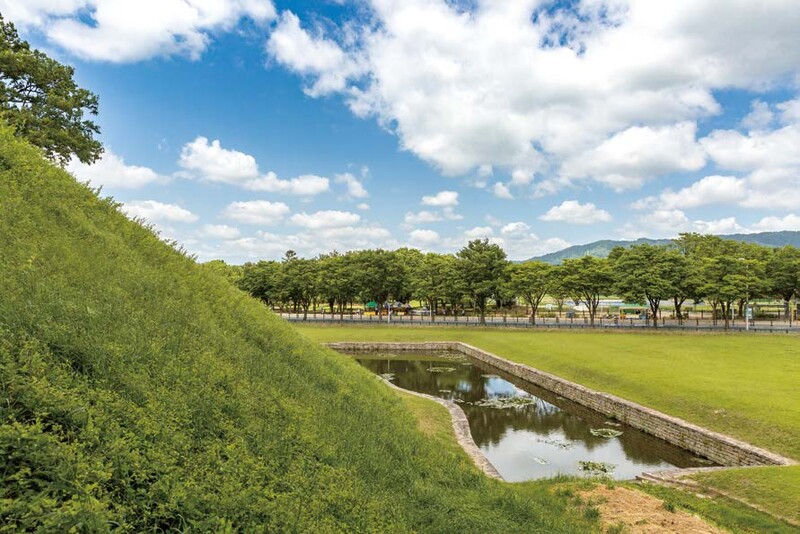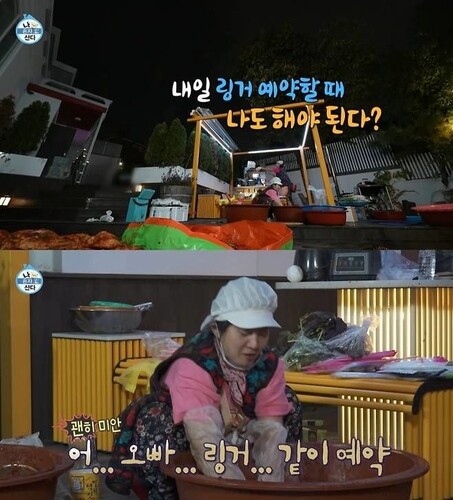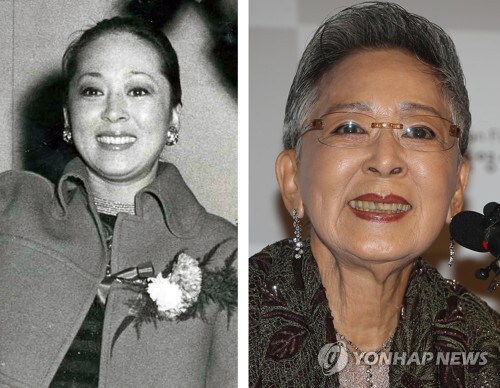| ▲ This photo, provided by the Gyeongju National Research Institute of Cultural Heritage, animal bones excavated in Wolseong. (PHOTO NOT FOR SALE) (Yonhap) |
GYEONGJU, June 27 (Yonhap) -- In terms of domestic archaeological excavation, news related to discovered relics have frequently been reported including excavation of earthenwares, ironwares, and stonewares.
However, relics such as animal bones easily decay, which are not usually left intact, although they once existed inside the relics. Hence, organic relics including animal bones were mainly discovered in special environment where bones can be safely protected such as swamps.
Inside Haeja, a pond surrounding Wolseong, a palace site where royal families of Silla used to live, is formed an environment such as swamps.
Also, after extensive amounts of animal bones were discovered inside the layers of sediments of Haeja, it became possible to look through how people of Silla treated animals in the 5th century, about 1,600 years ago.
Most of animals found in Wolseong excavation site are mammals including wild pigs, cows, horses, dogs, bears, and deers.
It is estimated that Silla people might have raised these animals as live stocks and used them for farming or meat.
The investigation team especially focused on animals that are hard to live with humans such as bears, deers, and wild pigs.
| ▲ This photo, provided by the Gyeongju National Research Institute of Cultural Heritage, shows bear bones excavated in Wolseong. (PHOTO NOT FOR SALE) (Yonhap) |
Almost 10 pieces of bear bones were discovered at Haeja of Wolseong excavation site.
It is analyzed that people of Silla might have used bears in another purpose, other than eating them.
Researchers of the Gyeongju National Research Institute of Cultural Heritage found evidence in "Samguk-Sagi (History of the Three Kingdoms)," which explains how people of Silla used bears.
According to "Samguk-Sagi (History of the Three Kingdoms)," there is a record which shows that people of Silla used bear skins to make decorations for army flag. Since kings own the military during that period, it can be estimated that bear bones excavated near the palace site of Silla are bones left after the army flags were made.
Another record of "Samguk-Sagi" tells that there was also a governmental office dealing with leather products in royal palace of Silla.
It is estimated that various animal leather products were made in Wolseong, where royal families of Silla lived.
When tanning the leather, the method of using animals' brain water is handed down. It is also presumed that this is related to a number of cases in which skulls were found broken, among animal bones excavated in Haeja of Wolseong.
 |
| ▲ This photo, provided by the Gyeongju National Research Institute of Cultural Heritage, shows Wolseong. (PHOTO NOT FOR SALE) (Yonhap) |
Likewise, animal bones excavated in Haeja of Wolseong are attracting a lot of attentions of historic academia, providing significant evidences which show the lifestyle of Silla royal families.
A lot of animal bones excavated in Haeja of Wolseong are still in the process of analysis. As the investigation of these precious historic relics progresses forward, it will be able to get more information about how people of Silla used animals.
(This article is translated from Korean to English by Kim Jimin.)
(END)
(C) Yonhap News Agency. All Rights Reserved























